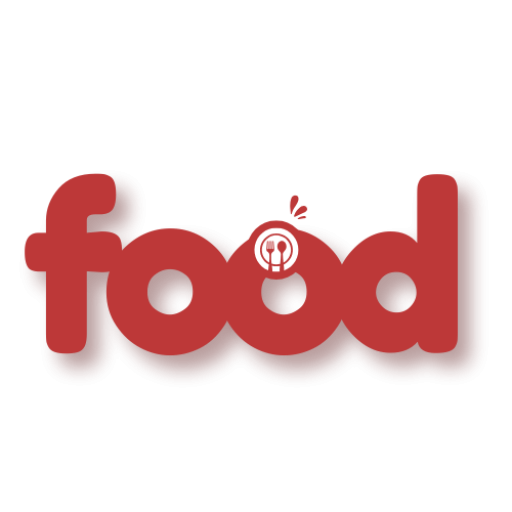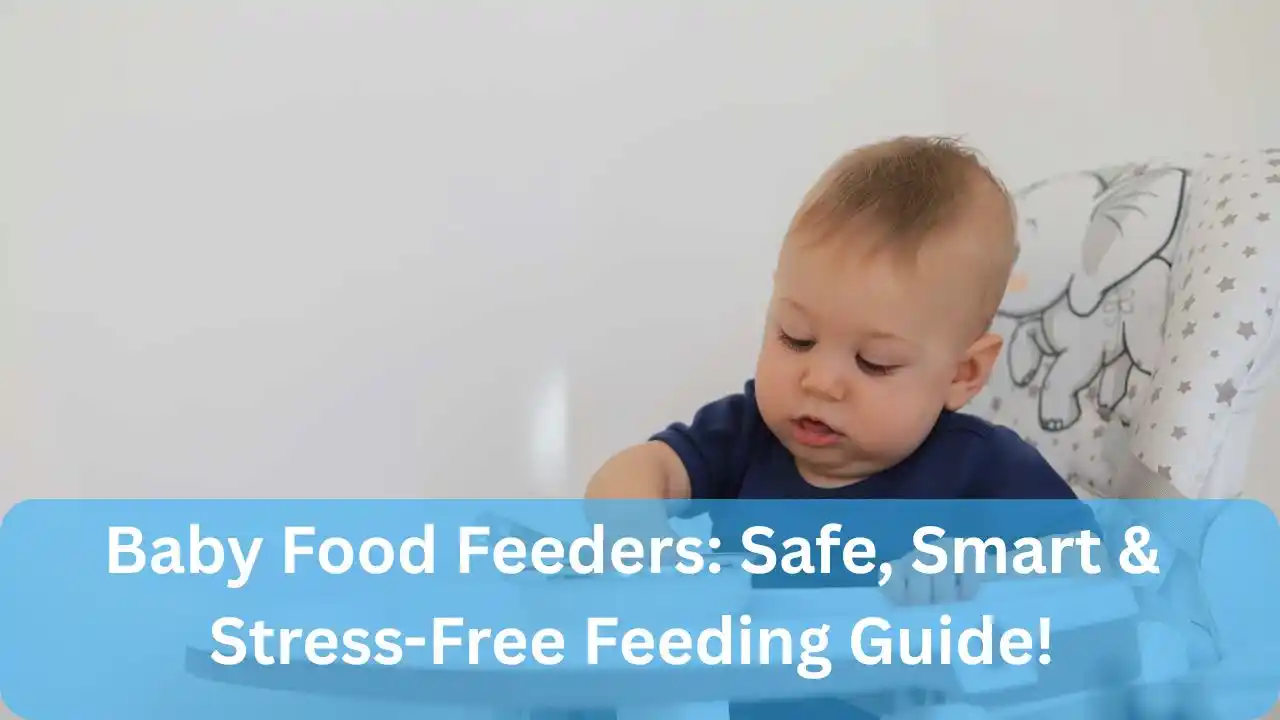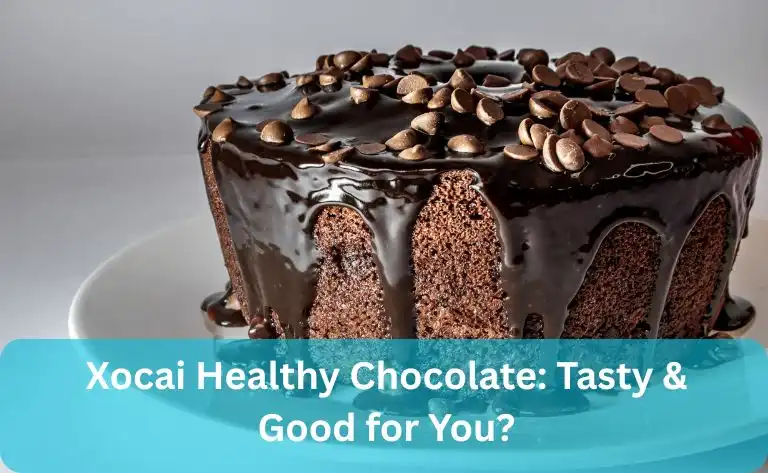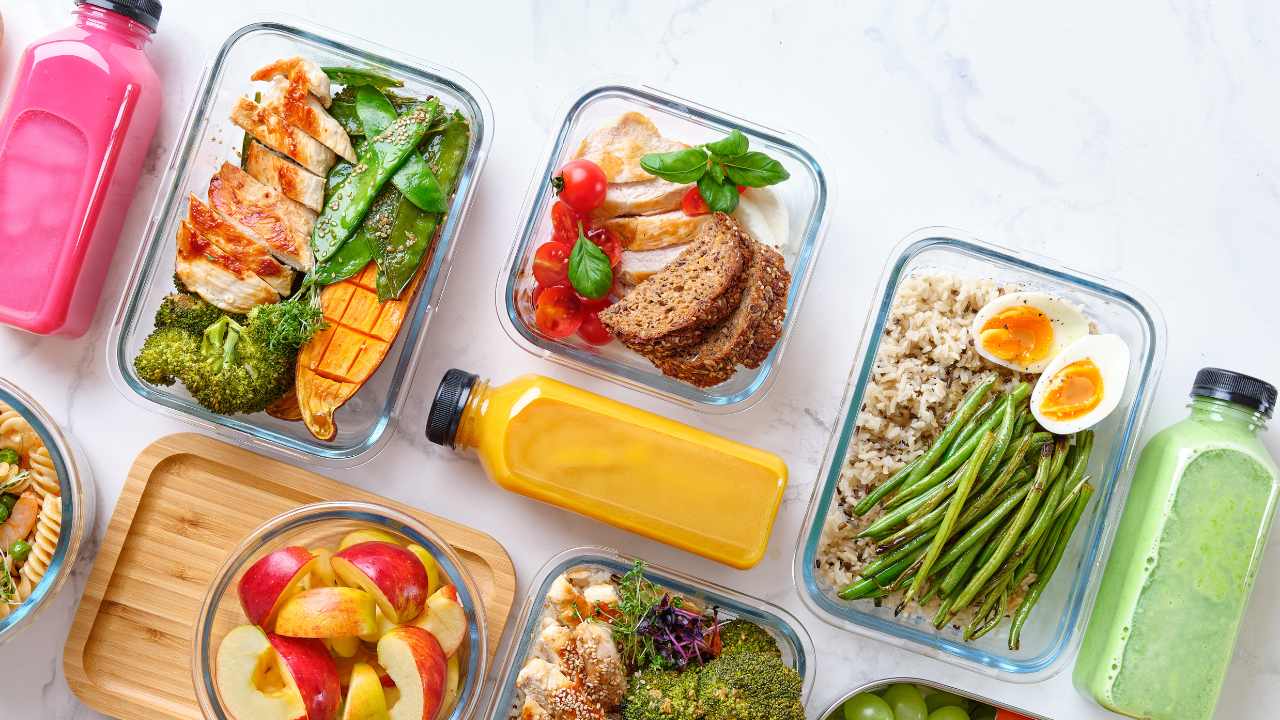Introducing solid foods to your baby is an exciting milestone—but it can also be messy, stressful, and even risky if not done right. That’s where baby food feeders come in. These handy tools are designed to make feeding smoother, safer, and more enjoyable for both parents and little ones.
In this complete guide, we’ll explore what baby food feeders are, why they’re important, how to choose the best one, and how to use them effectively. Whether you’re a first-time parent or just exploring safer feeding options, this post has everything you need.
Read–Banana Baby Food: Benefits, Usage, and Essential Tips for Your Little One
Also Read
What Is a Baby Food Feeder?
A baby food feeder is a feeding tool that allows infants to self-feed safely. It typically comes in two styles:
-
Mesh or Silicone Feeder: A small pouch (mesh or silicone) with holes that lets babies chew and suck food through safely.
-
Spoon Feeder: A bottle-like container with a soft spoon at the end that dispenses pureed food with a gentle squeeze.
These feeders are designed for babies aged 4–12 months and help transition from breastmilk/formula to solids while minimizing choking risks.
Why Should You Use a Baby Food Feeder?
Here are the major benefits:
-
✅ Reduces Choking Hazards: Only small, manageable bits of food pass through.
-
✅ Encourages Self-Feeding: Develops baby’s hand-eye coordination.
-
✅ Relieves Teething Discomfort: Cold fruits in feeders can soothe sore gums.
-
✅ Promotes Food Exploration: Lets babies experience new tastes and textures.
-
✅ Less Mess: Reduces food spills and keeps feeding time under control.
According to the American Academy of Pediatrics, self-feeding with appropriate tools helps babies build fine motor skills and develop oral strength.
️ Types of Baby Food Feeders
Let’s break down the most popular types and how to use them:
1. Mesh Feeders
-
Made with soft mesh material
-
Suitable for soft fruits, steamed veggies, or even ice
-
Easy to hold with little hands
-
Requires thorough cleaning to avoid mold
Great For: Teething babies and introducing juicy fruits like watermelon, mango, or bananas.
2. Silicone Feeders
-
Easy to clean and sanitize
-
More durable than mesh
-
Dishwasher-safe
-
Comes with different nipple sizes
Great For: Puréed veggies, mashed potatoes, or chilled berries.
3. Squeeze Spoon Feeders
-
Dispenses pureed food directly into the spoon
-
Reduces messy spoon-feeding
-
Controlled portions
-
Easy for travel
Great For: Rice cereal, mashed fruits, yogurt, and blended veggies.
What Foods Work Best in a Feeder?
Here’s a baby-feeder-friendly list:
| Age | Feeder-Friendly Foods |
|---|---|
| 4–6 months | Breastmilk popsicles, mashed bananas, pureed carrots |
| 6–8 months | Steamed apple chunks, pears, avocados |
| 8–10 months | Soft pasta, peas, sweet potatoes |
| 10–12 months | Cubed mangoes, blueberries (crushed), small meat pieces |
Always introduce one new food at a time to monitor allergies.
What Not to Put in a Feeder
Some foods can clog the feeder or pose choking risks:
-
Whole grapes
-
Large meat chunks
-
Sticky nut butter
-
Uncooked carrots or apples
-
Raw honey (not safe for babies under 1)
How to Clean Baby Food Feeders
Hygiene is crucial when it comes to baby products. Follow these steps:
-
Disassemble all parts after each use.
-
Soak in warm soapy water or use a baby-safe detergent.
-
Use a nipple or bottle brush to clean hard-to-reach areas.
-
Let it air dry completely before reassembling.
-
For silicone feeders, consider boiling once a week to sterilize.
Tip: Always check for mold in mesh feeders. Replace worn-out parts promptly.
What to Look for When Buying a Baby Food Feeder
Keep these in mind when choosing the right product:
-
✅ Material Safety: BPA-free, food-grade silicone or mesh
-
✅ Ease of Cleaning: Dishwasher-safe is a plus
-
✅ Size Variety: Different nipple sizes as your baby grows
-
✅ Ergonomic Handle: Easy for little hands to grip
-
✅ Secure Locking: To prevent spills or opening while in use
Tips for Using Baby Food Feeders Effectively
-
Freeze fruits for a soothing teether-feeder combo.
-
️ Use it during snack time in a high chair to promote good habits.
-
Pack feeders with snacks for travel-friendly feeding.
-
Start with short feeding sessions until baby adjusts.
Safety Tips for Baby Feeders
-
Always supervise your baby during feeding.
-
Regularly inspect the feeder for cracks or tears.
-
Avoid overstuffing the pouch.
-
Introduce feeders after baby shows signs of readiness (usually after 4–6 months).
-
If baby struggles or chokes, stop and try again later.
❓ FAQ
1. When should I start using a baby food feeder?
You can begin around 4 to 6 months, once your baby can sit up with support and shows interest in food.
2. Mesh vs. silicone feeders—which is better?
Silicone is more durable and easier to clean, while mesh feeders may feel softer for teething babies.
3. How often should I replace the feeder?
Replace the feeder or parts (like the nipple/mesh) every 1–2 months or if signs of wear appear.
4. Can I use a feeder for teething?
Yes! Put frozen fruit or ice cubes inside to soothe sore gums naturally.
5. Are feeders safe to take while traveling?
Absolutely. Many come with caps or covers—just pack snacks separately and clean well after use.
Conclusion
Baby food feeders aren’t just convenient—they’re a powerful tool in your baby’s feeding journey. They help build independence, promote sensory exploration, and reduce parental stress. Whether you’re introducing fruits, transitioning to solids, or just managing a teething baby, a good feeder can make all the difference.
With the right approach and a little preparation, feeding time becomes a safe, educational, and joyful experience for both baby and you.
Stay Connected With Google News

A passionate food writer with a deep commitment to promoting healthy eating habits, I create engaging and informative content that helps readers make better food choices. With a focus on nutrition, wellness, and practical tips, I share easy-to-follow recipes, health-conscious meal plans, and expert insights to inspire a balanced lifestyle. My mission is to make healthy eating accessible and enjoyable for everyone.





